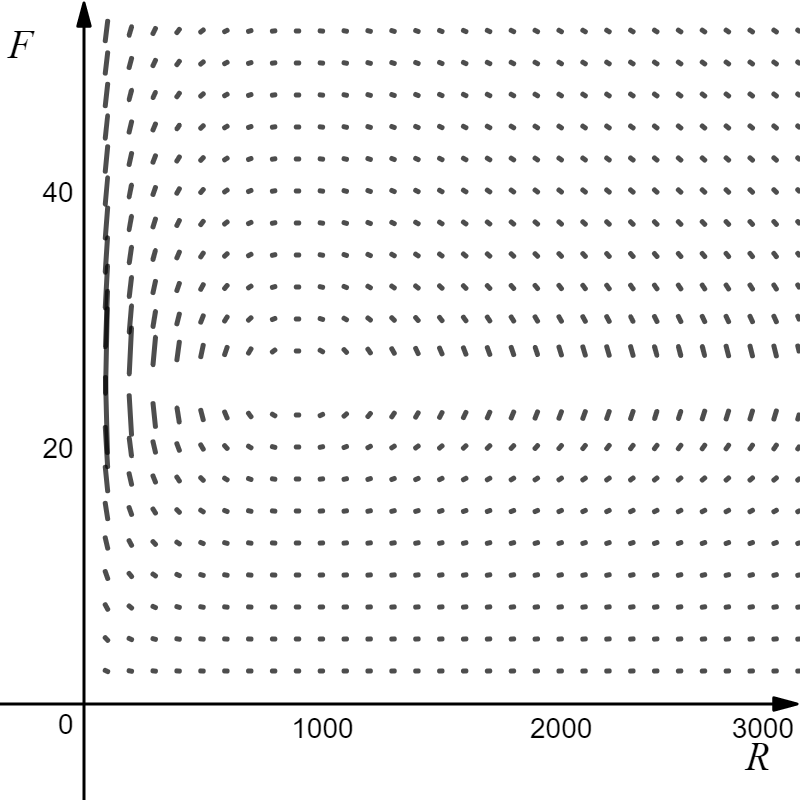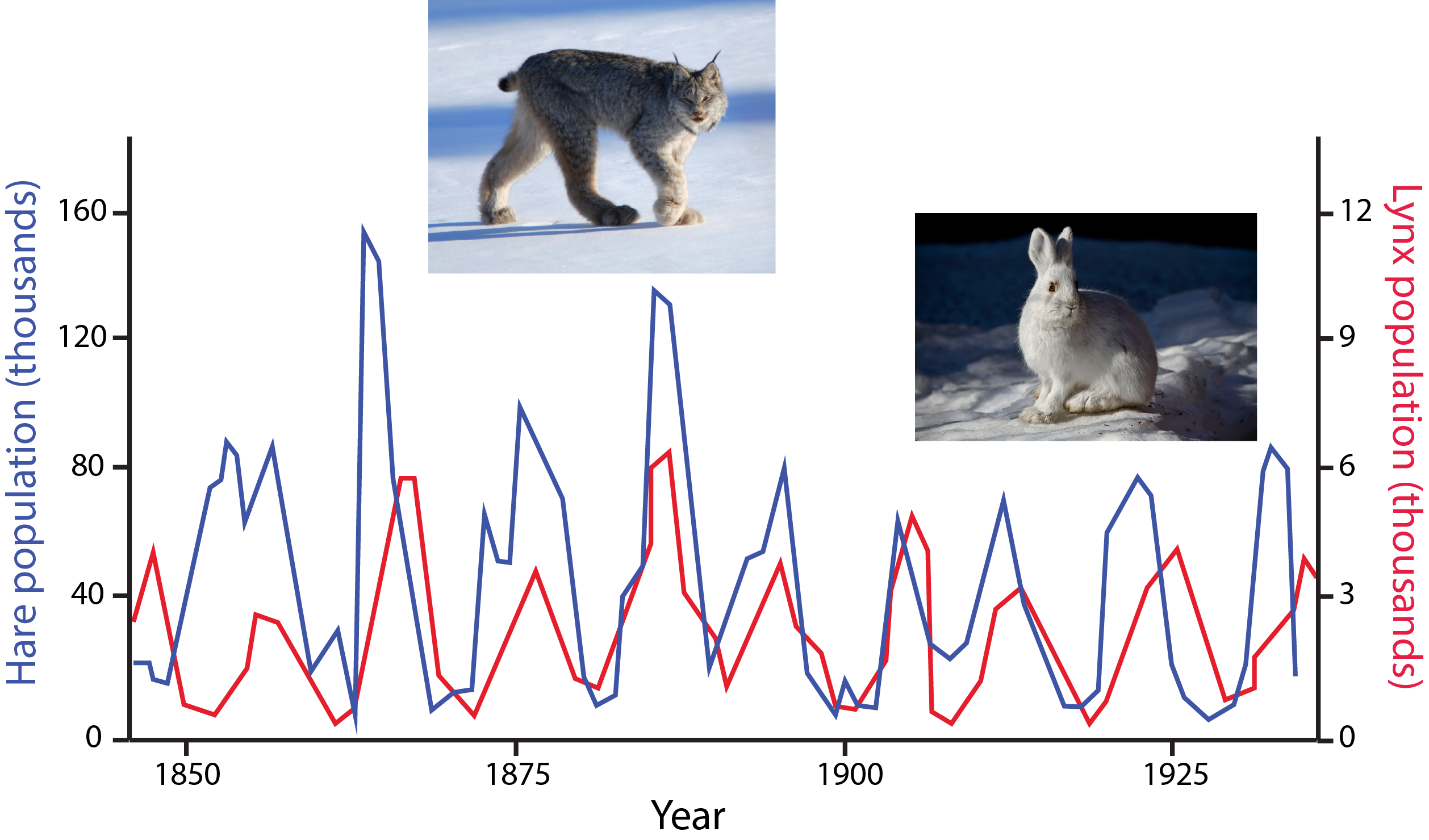
Road freight transport is a dynamic, complex and competitive segment that will require quick and accurate decisions from its managers, since the mere fact of making a vehicle available on the road or in the city to meet customer needs does not imply the generation of results positive. This work could also be applied to theater wide autonomous vehicle coordination, such as that of the hierarchical command and control of autonomous drones and ground vehicles. We examine a multi-agent predator-prey biomimetic sensing environment that simulates such coordinated and adversarial behaviors across multiple goals. These independent layers split the learning objectives across multiple layers, avoiding the learning-confusion common in many multi-agent systems. eSense provides a powerful yet simplistic reinforcement learning algorithm that employs model-based behavior across multiple learning layers. When these actions are consistent a reasonable model can be formed however, eSense was designed to work even when observing complicated and highly-interactive must-agent behavior.

Most learning algorithms will observe the actions of the agents and inform their algorithm which seeks to form the models.

This should not be compared against well-known flocking-type behaviors where each agent has the same policy rather, in our scenario each agent may have their own policy, sets of behaviors, or overall group strategy. The learning within these complicated environments is often muddied by the multitudinous conflicting or poorly correlated data coming from the multiple agents and their diverse goals. Learning in multi-agent systems, especially with adversarial behavior being exhibited, is difficult and challenging. Unfortunately, it is difficult to investigate this question on real data, since the statistics on cyberattacks are closed. The constructed model could be used for theoretical study, different simulation experiments with changing input parameters could be done. It was determined that there are 4 possible types of fixed points: saddle and the line of stable fixed points, which are unlikely may be in real life, stable node and a stable degenerate node, which are, in practice, the most likely cases. The fixed points of a dynamic system were calculated and analyzed. Proposed model is based on the classic Lotka-Volterra model with logistic growth and the Holling-Tanner dynamic models. The authors propose a mathematical model that describes the process of counteracting e-banking fraud. The main types of banking fraud, which are carried out in the online sphere, are considered. The paper is devoted to the current issue of the counteracting cyberattacks in the banking sector, in particular in the field of e-banking. Finally, we conclude our work with suggestions and analyse the biological significance of our findings through numerical evaluations. The justifications of all analytical results for our system are illustrated numerically with the interval-valued data of parameters, and the simulated results are express graphically. Next, we analyse the mathematical properties of the proposed model, like finding equilibrium with various stability conditions and investigating several bifurcations of the system. Using a linear parametric representation of the interval, we can represent the imprecise model in a parametric form precisely. The Holling type II functional response is considered instead of the Holling Type I functional response, along with the predators’ interaction with themselves.

The present imprecise model is constructed, in part, by modifications to the Lotka–Volterra model with appropriate biology parameters taken as intervals. Our goal in this paper is to examine an imprecise predator-prey model in an interval environment.


 0 kommentar(er)
0 kommentar(er)
